| « Previous | News | Next » |
February 20, 2019
People, Place and País: A New Era in Chilean Winemaking
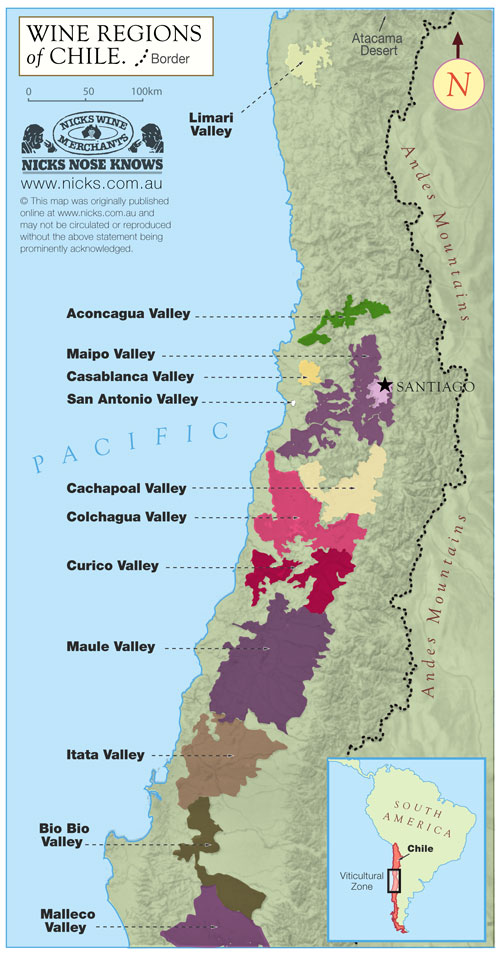 Wine consumers tend to view New World wine regions like South America as newbies to the wine game. While these regions are certainly full of experiential, entrepreneurial winemakers, the history of winemaking in countries like Chile is anything but short. We are fortunate to partner with Brazos Wine Imports, who works with growers committed to artisan, small production, and sustainable winemaking.
Wine consumers tend to view New World wine regions like South America as newbies to the wine game. While these regions are certainly full of experiential, entrepreneurial winemakers, the history of winemaking in countries like Chile is anything but short. We are fortunate to partner with Brazos Wine Imports, who works with growers committed to artisan, small production, and sustainable winemaking.
The roots of Chilean viticulture can be traced back to 1550, when Jesuit Missionaries chose the Secano Interior to grow wheat and vines needed for the bread and wine of the Christian Eucharist. The Secano, which translates to “dry farming,” is an area of large dryland just east of the coastal mountains, reaching from Bío-Bío in the south to the Colchagua Valley in the north. It’s Mediterranean climate makes for excellent vine growing, with hot, dry summers and cooler, extremely wet winters.
The Jesuit’s succeeded in their spread of Christianity in Chile, and with it, wine. Viticulture in the country continued over the following centuries with the planting of primarily Criolla varieties - a term referring to Spanish grapes planted in the Americas during colonization, including red País and white Moscatel de Alejandría. The first French varieties arrived in Chile during the mid 19th century, but it was not until the earthquake of 1939 that European varieties began to make a more significant appearance. Following the earthquake, wine served as a crucial cash line in the Secano Interior, and growers moved to central Chile and replaced vines with international varieties, including Cabernet Sauvignon, Chardonnay, and even Riesling, that could be sold more easily to large producers - a trend that resulted in the loss of small, artisan winemakers, and along with them, Chile’s old vine Criolla.
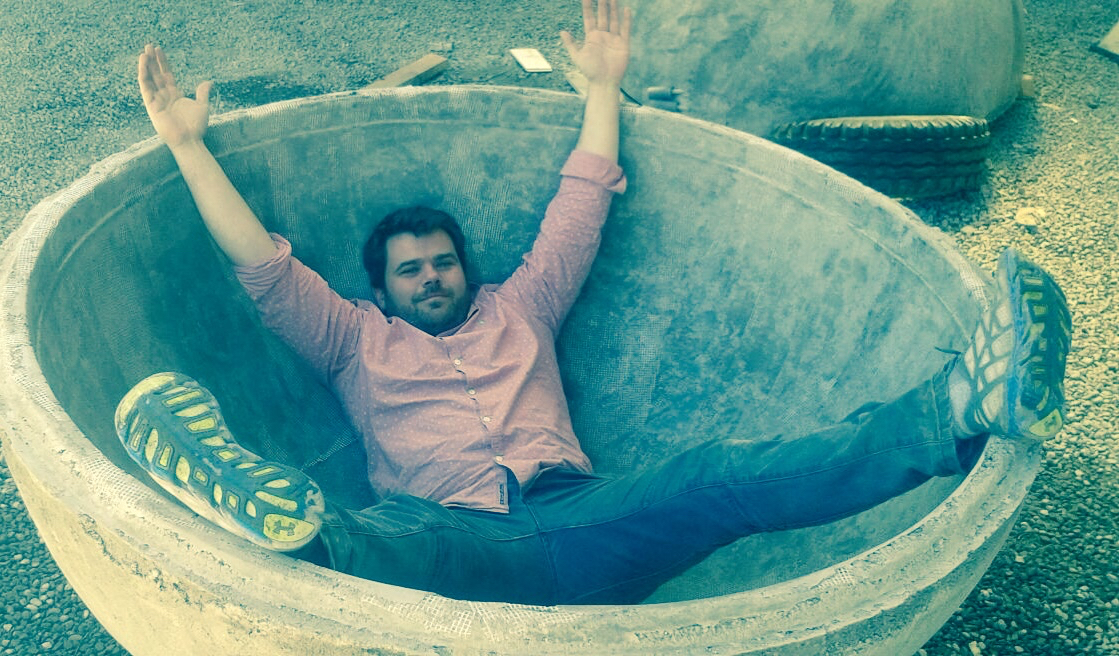
Despite the influence of the international market on Chilean viticulture, tradition in local winemaking in the Secano Interior lives on. País, low-maintenance in the field but difficult in the cellar, is the perfect grape for low-intervention practices like carbonic maceration. Take Pipeño - light, fresh, and fruit driven, shunned in the era of Bordeaux as the poor man’s wine, but now gaining traction in the global market as Chile’s Beaujolais Nouveau. At Vina Maitia in the Maule Valley, Old World trained Frenchman David Marcel put his Pipeño in beer bottles, emphasizing the wine’s easy drinking nature, with all the bright, fruity notes that the world loves in French glou glou.
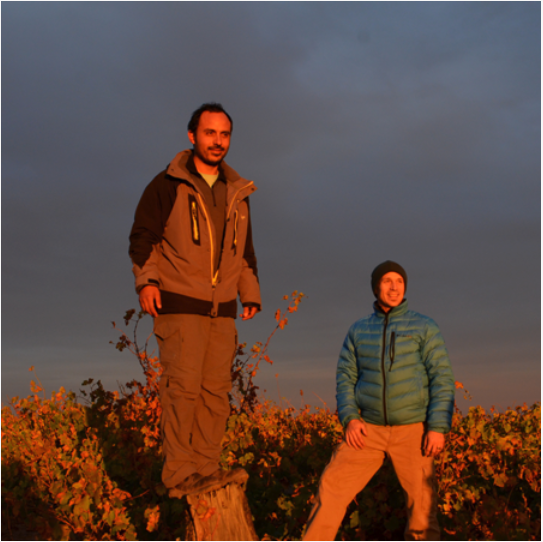 Old World plantings may have put Chile on the map for mainstream wine sales, but it is the centuries-old, dry farmed, often ungrafted Criolla vines and granitic soils in the Secano Interior’s Bío-Bío and Itata that have inspired the next generation of winemakers (and cidermakers!). Galvanized by the rich culture and history of the region’s long neglected and rural farming community, winemakers Leonardo Erazo Lynch and Justin Decker chose vineyards in Nipas and Guarlilhue for their winery, Rogue Vine. The soil of this region - granite with a mix of clay and quartz, with vines ranging from 60-300 years old - has proven to be the perfect site for wineries like Rogue Vine’s low intervention, terroir driven winemmaking.
Old World plantings may have put Chile on the map for mainstream wine sales, but it is the centuries-old, dry farmed, often ungrafted Criolla vines and granitic soils in the Secano Interior’s Bío-Bío and Itata that have inspired the next generation of winemakers (and cidermakers!). Galvanized by the rich culture and history of the region’s long neglected and rural farming community, winemakers Leonardo Erazo Lynch and Justin Decker chose vineyards in Nipas and Guarlilhue for their winery, Rogue Vine. The soil of this region - granite with a mix of clay and quartz, with vines ranging from 60-300 years old - has proven to be the perfect site for wineries like Rogue Vine’s low intervention, terroir driven winemmaking.
Wine producers around the world are facing the crises of climate change and its disruption in grape growing - the Secano Interior is no exception. In Chile, growers have been facing the immediate environmental repercussions of the country’s mass deforestation. While the timber industry had historically been dominated by northern countries like the United States and Canada, during the second half of the twentieth century, loggers set their sites on Chile’s forests of alerce, a species of large cypress trees. Along with clear cutting these forests came the pressure to plant pine and eucalyptus trees, ripping out old vines for the mass production of timber. Moreover, Chile has been afflicted by devastating wildfires - January of 2017 saw the worst fires in the nation’s history, with hundreds of thousands of acres completely destroyed.
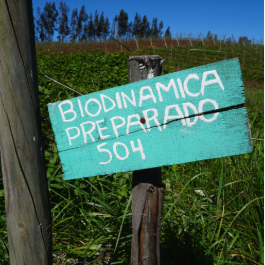 At a ground zero of the climate crises, many Chilean winemakers are at the forefront of instituting progressive, climate-conscious practices. These wine producers, like Clous des Fous and Viña González Bastías, are committed to promoting Chile’s rich history of a long neglected and local farming community, along with investing in the country’s future, though practicing sustainable winemaking techniques.
At a ground zero of the climate crises, many Chilean winemakers are at the forefront of instituting progressive, climate-conscious practices. These wine producers, like Clous des Fous and Viña González Bastías, are committed to promoting Chile’s rich history of a long neglected and local farming community, along with investing in the country’s future, though practicing sustainable winemaking techniques.
It is a new era of winemaking in Chile, and we are excited to work with Brazos to showcase exemplary, sustainable wines coming from Chile and it’s Secano Interior.
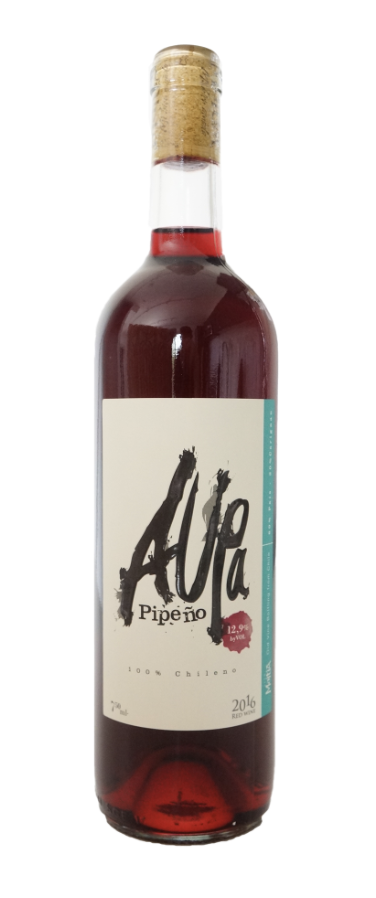 País:
País:
Gonzales Bastias 2017 ‘Matorral’ Pais, Maule Valley - coming soon!
Vina Maitia 2016 ‘Itzal’ Pais, Maule Valley
Vina Maitia 2017 ‘Aupa’ Pipeno, Maule Valley
Clos des Fous 2015 ‘Cauquenina’ Red Blend, Cauquenes (Itata)
Clos des Fous 2017 ‘Pour Ma Gueule’ Assemblage Tinto, Itata Valley
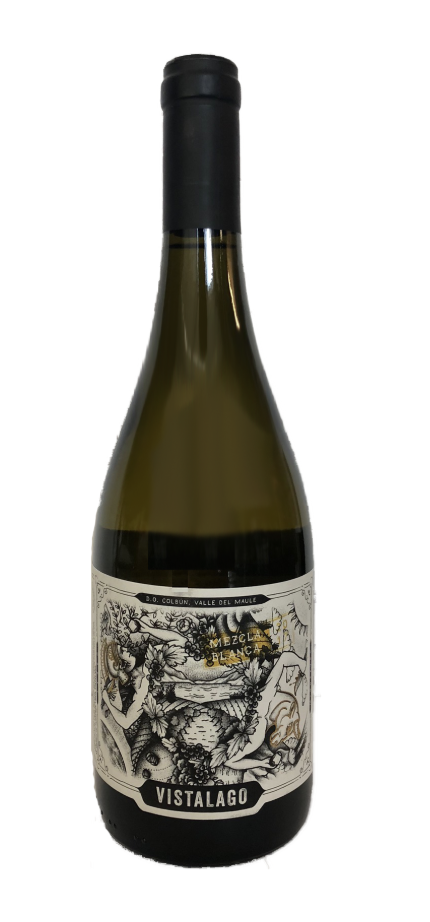 Whites:
Whites:
Rafael Tirado 2017 ‘Vistalago’ Mezcla Blanca, Maule Valley
Clos des Fous 2017 ‘Pour Ma Gueule’ Riesling, Itata Valley
Rogue Vine ‘Grand Itata’ Blanco, Itata Valley - coming back in May!
Prisma 2017 Sauvignon Blanc, Casablanca Valley
Photos from Brazos Wine Import
